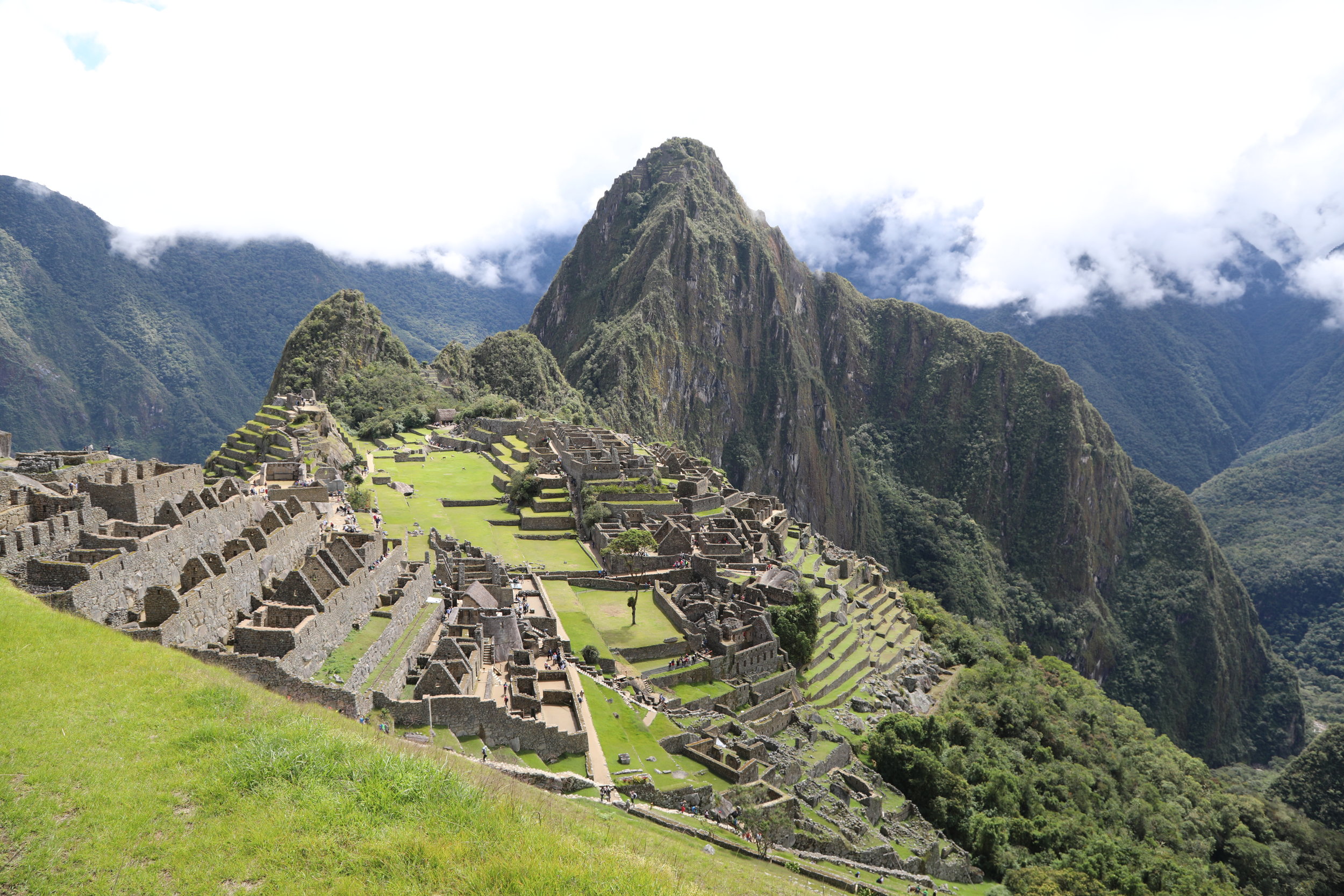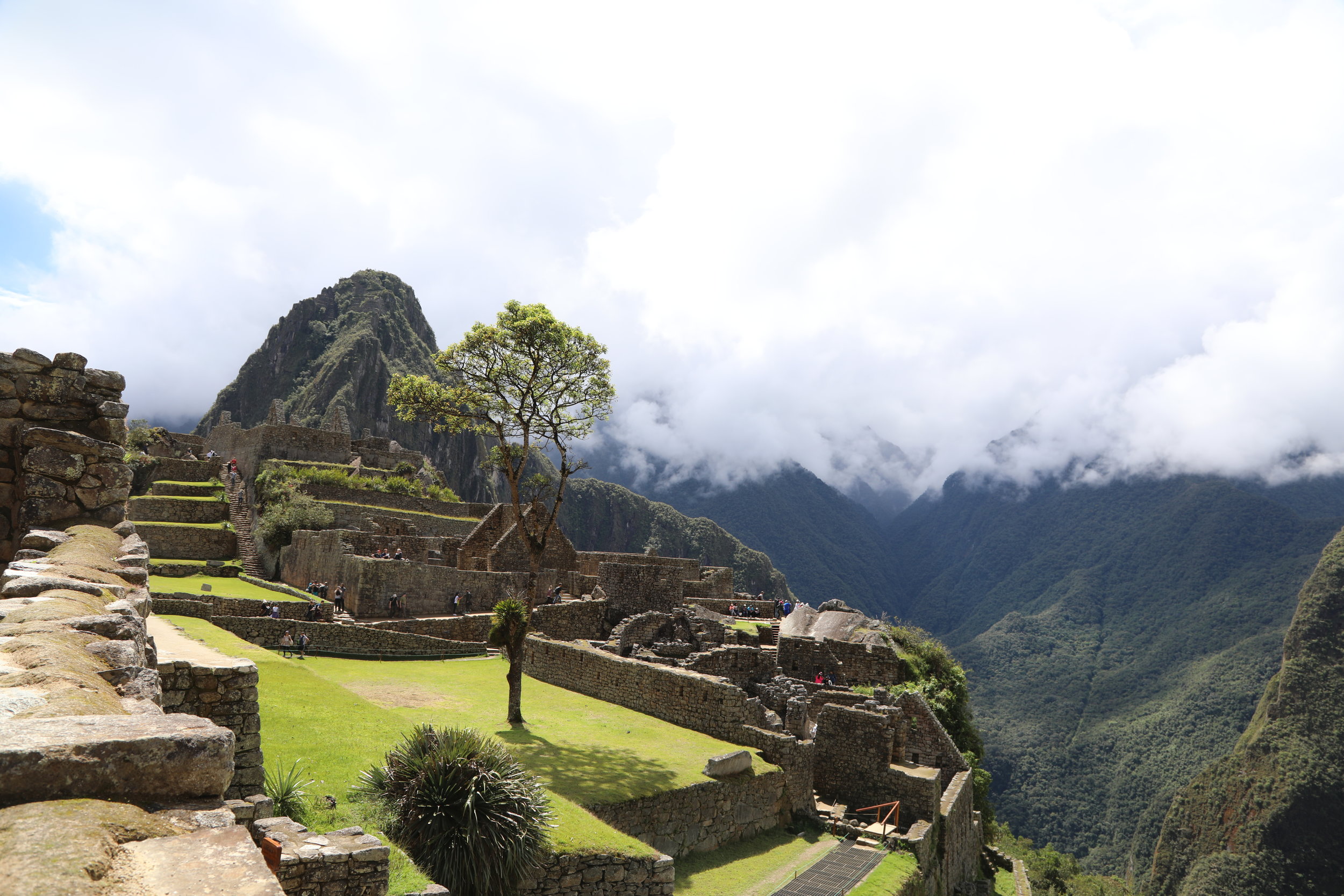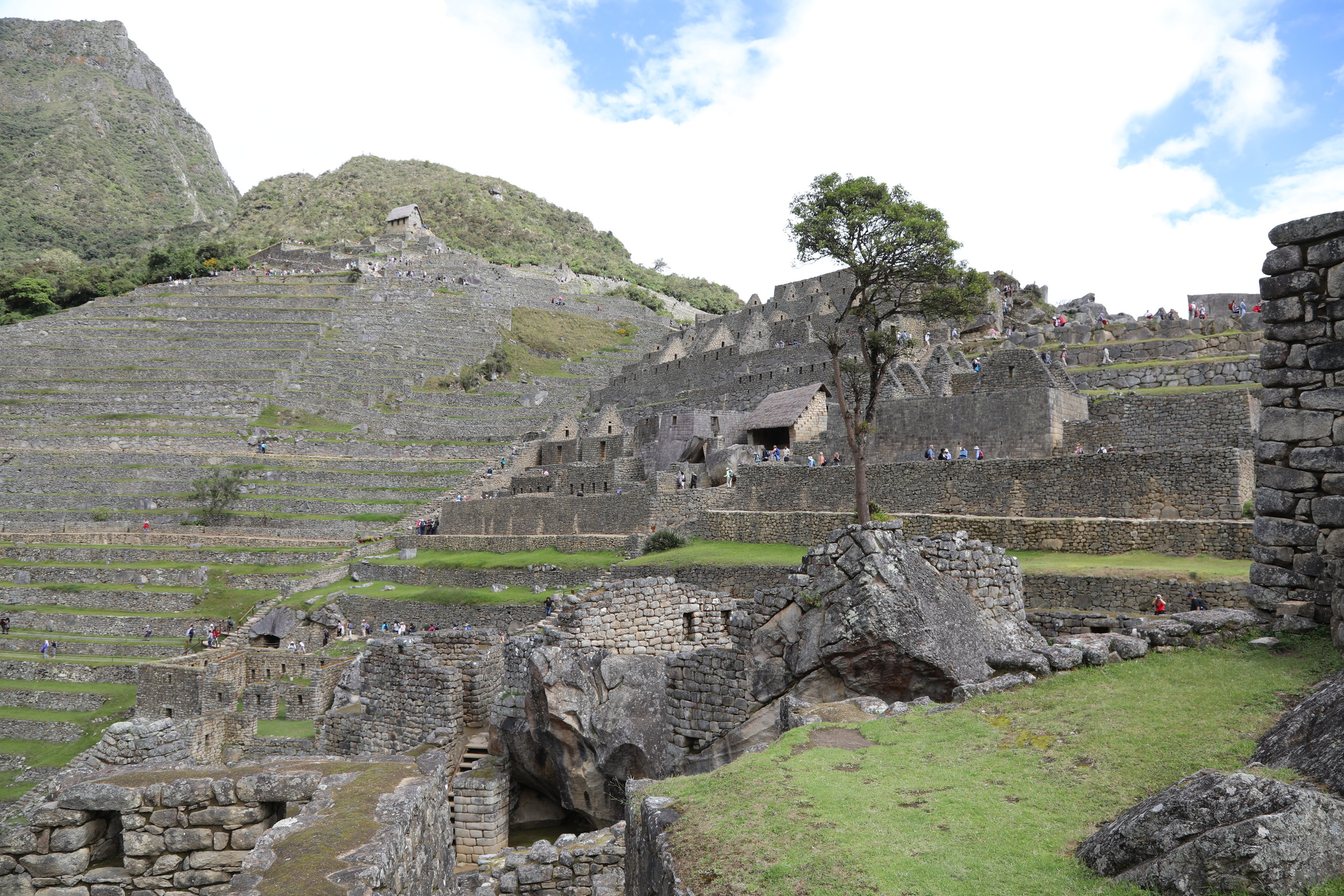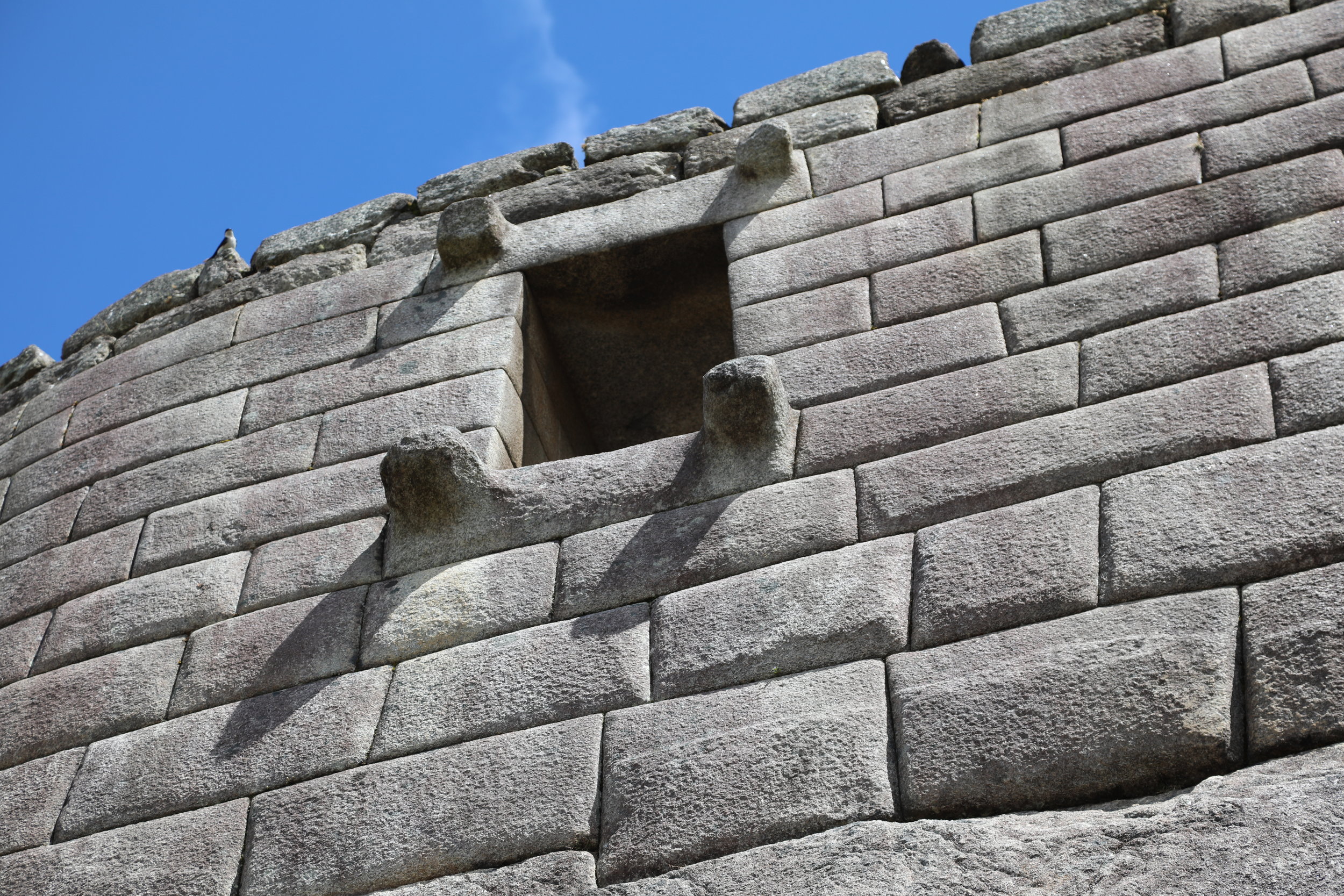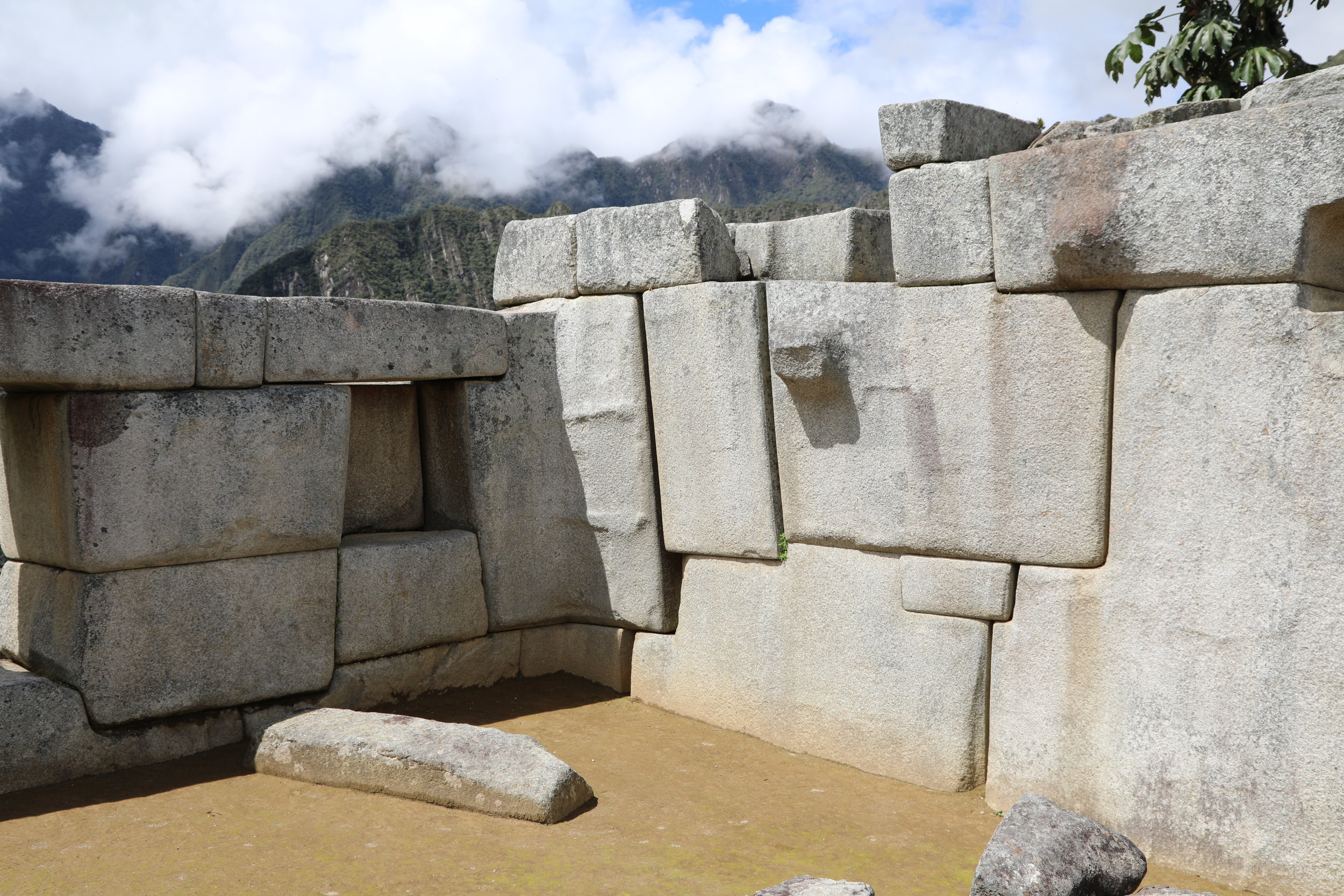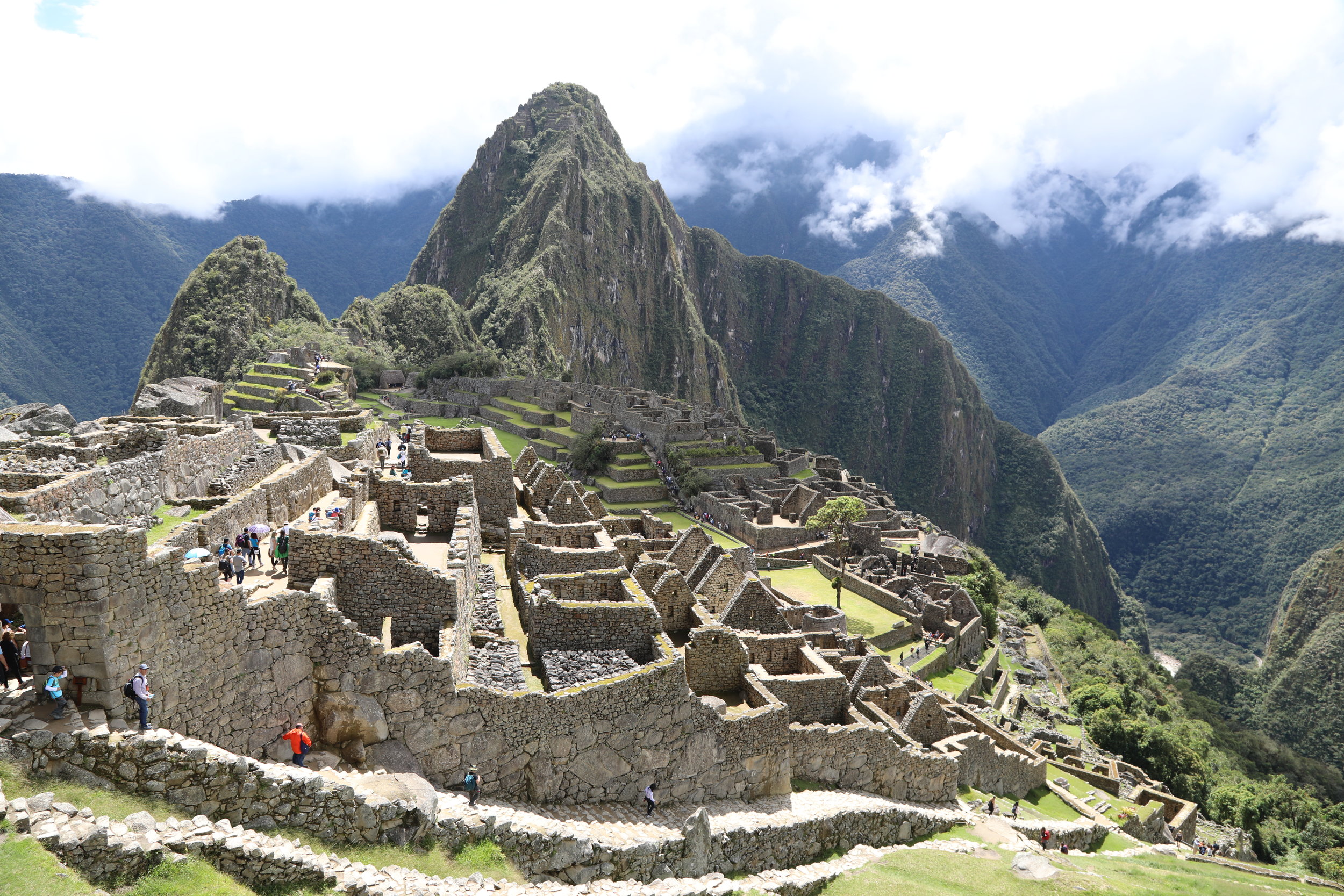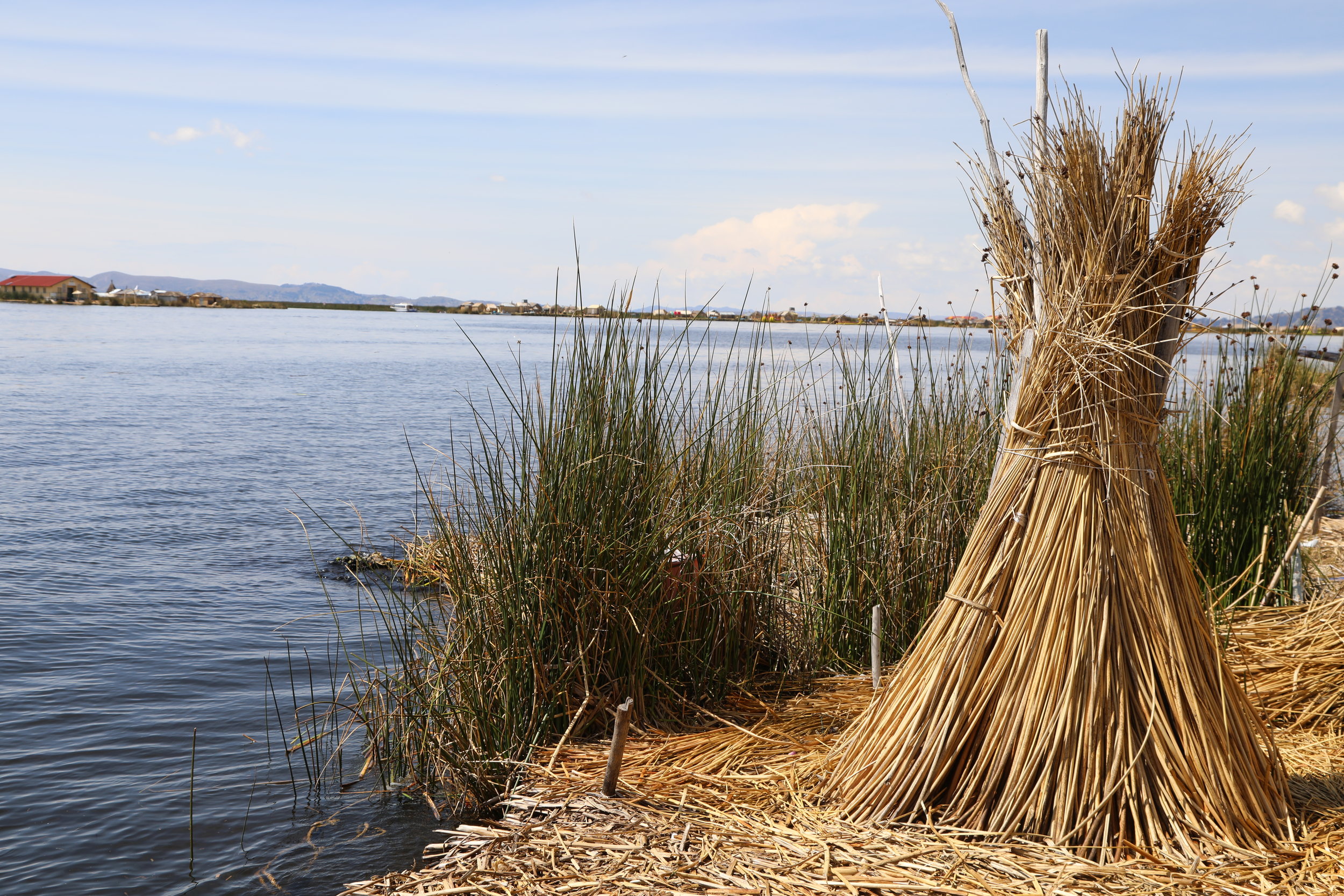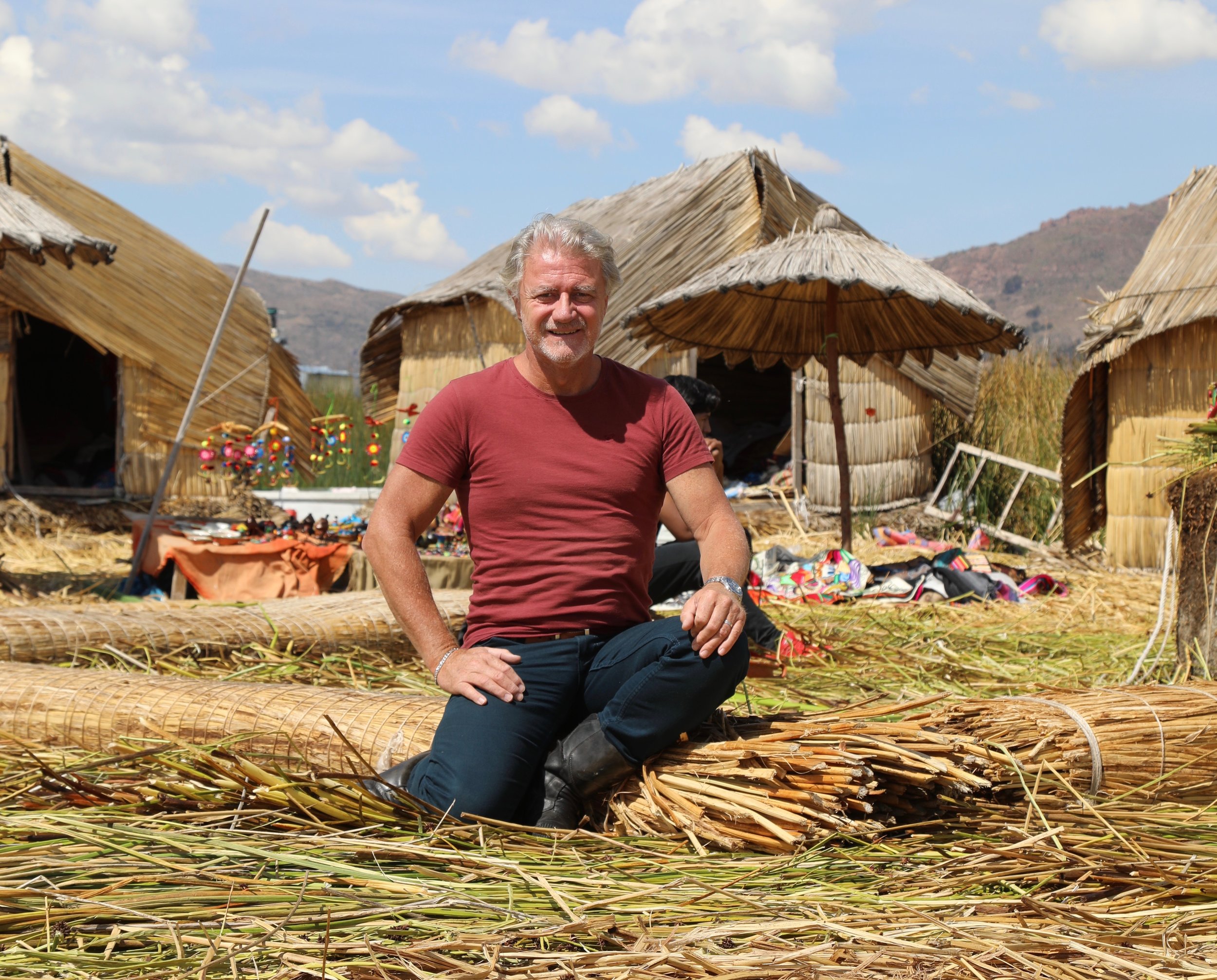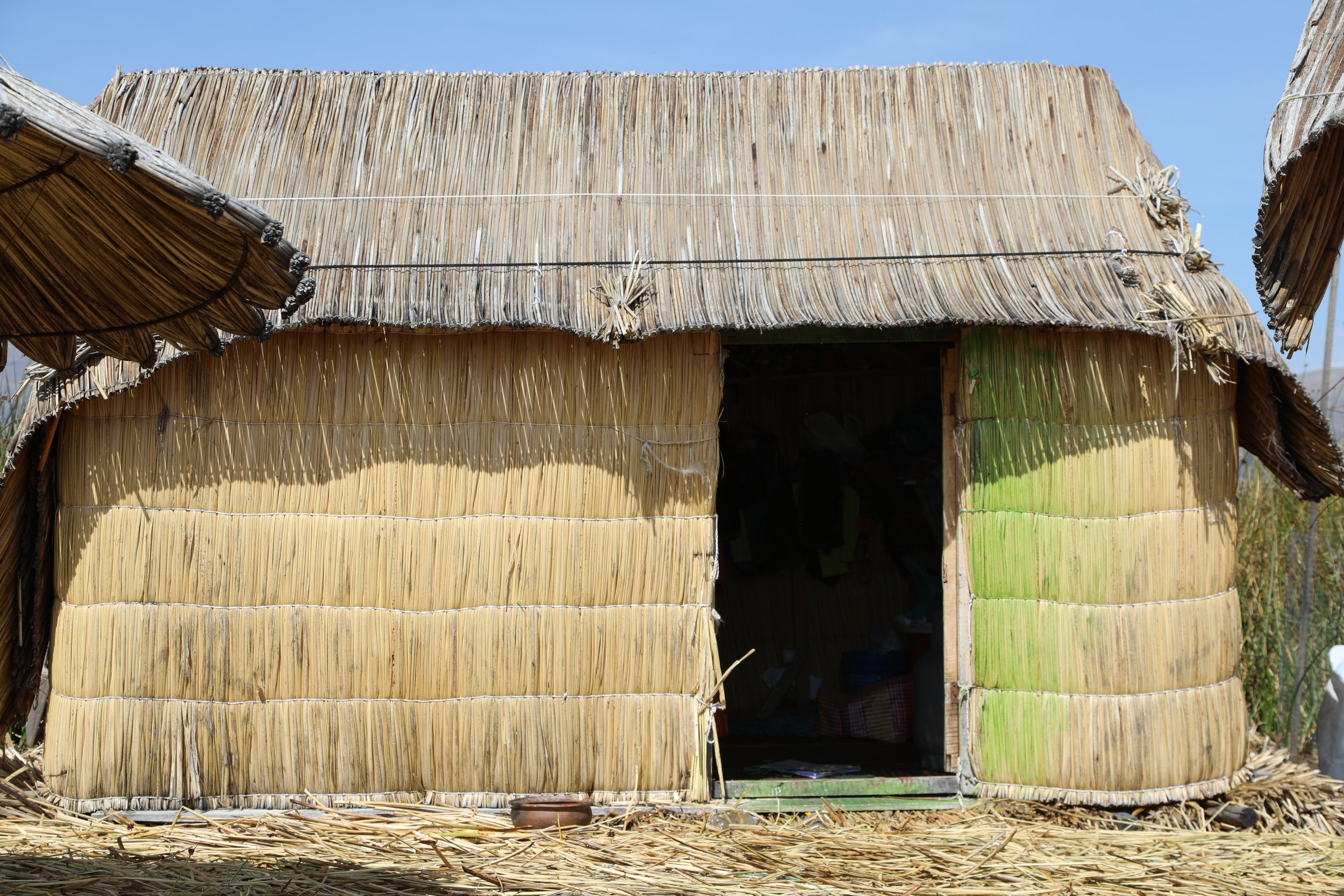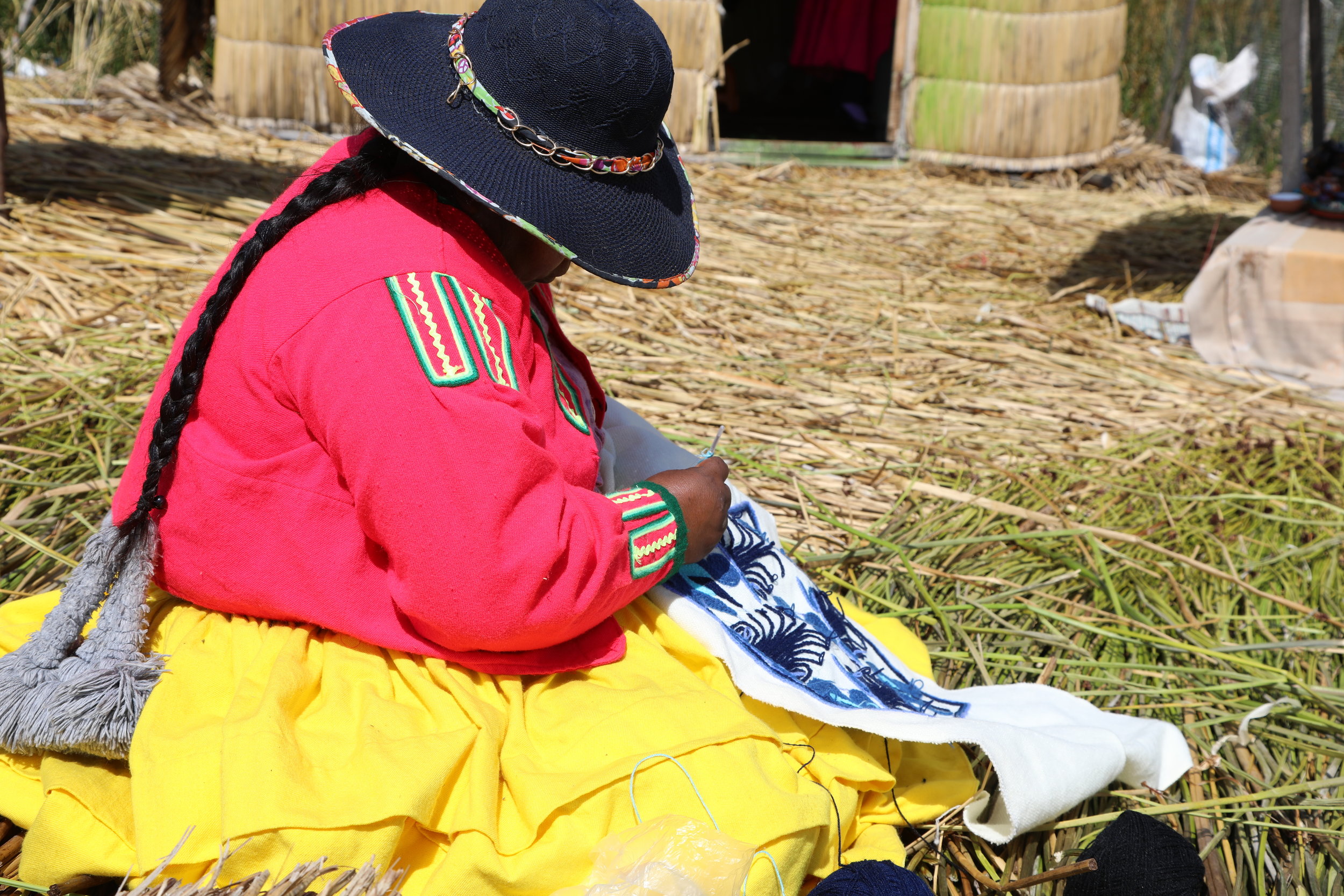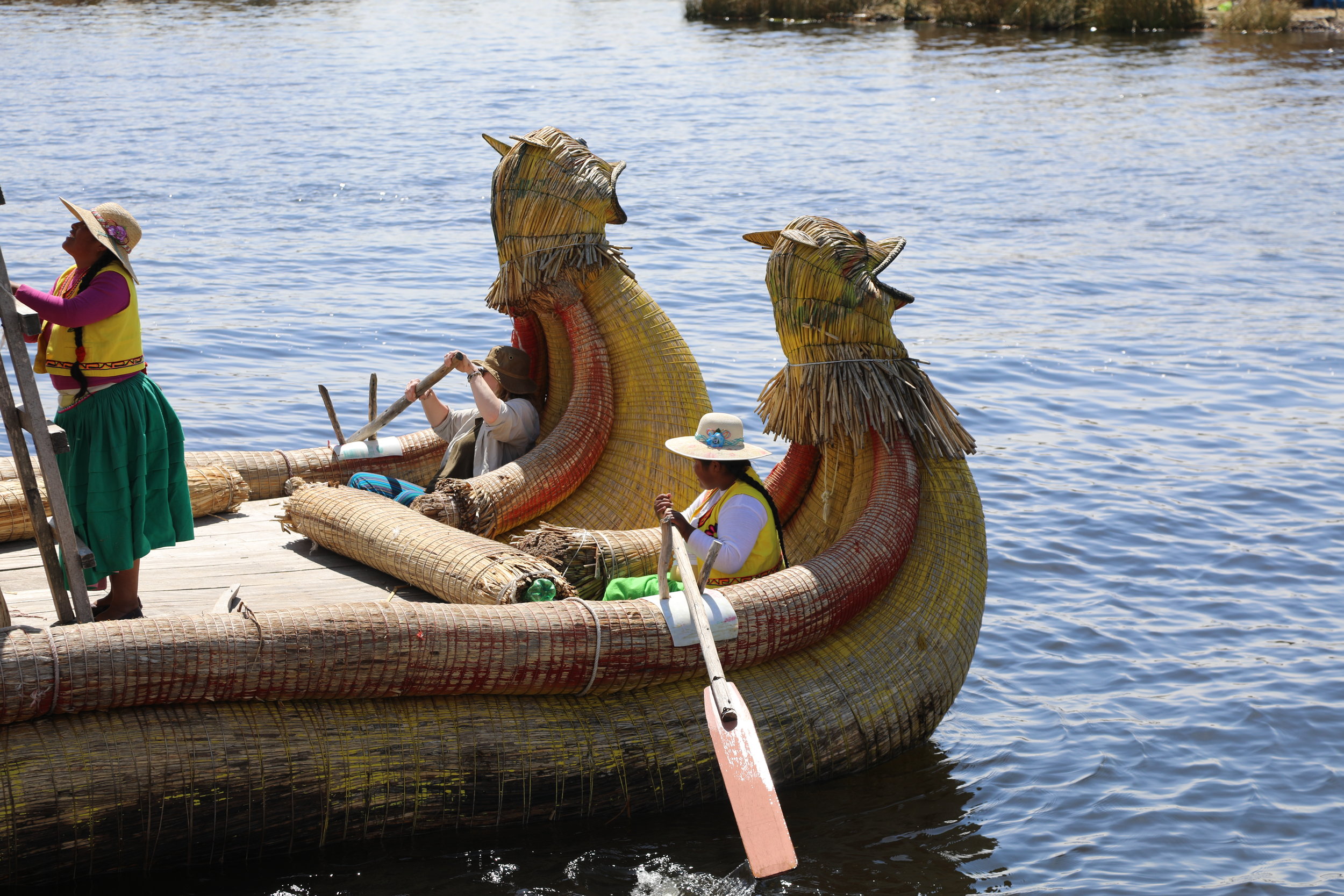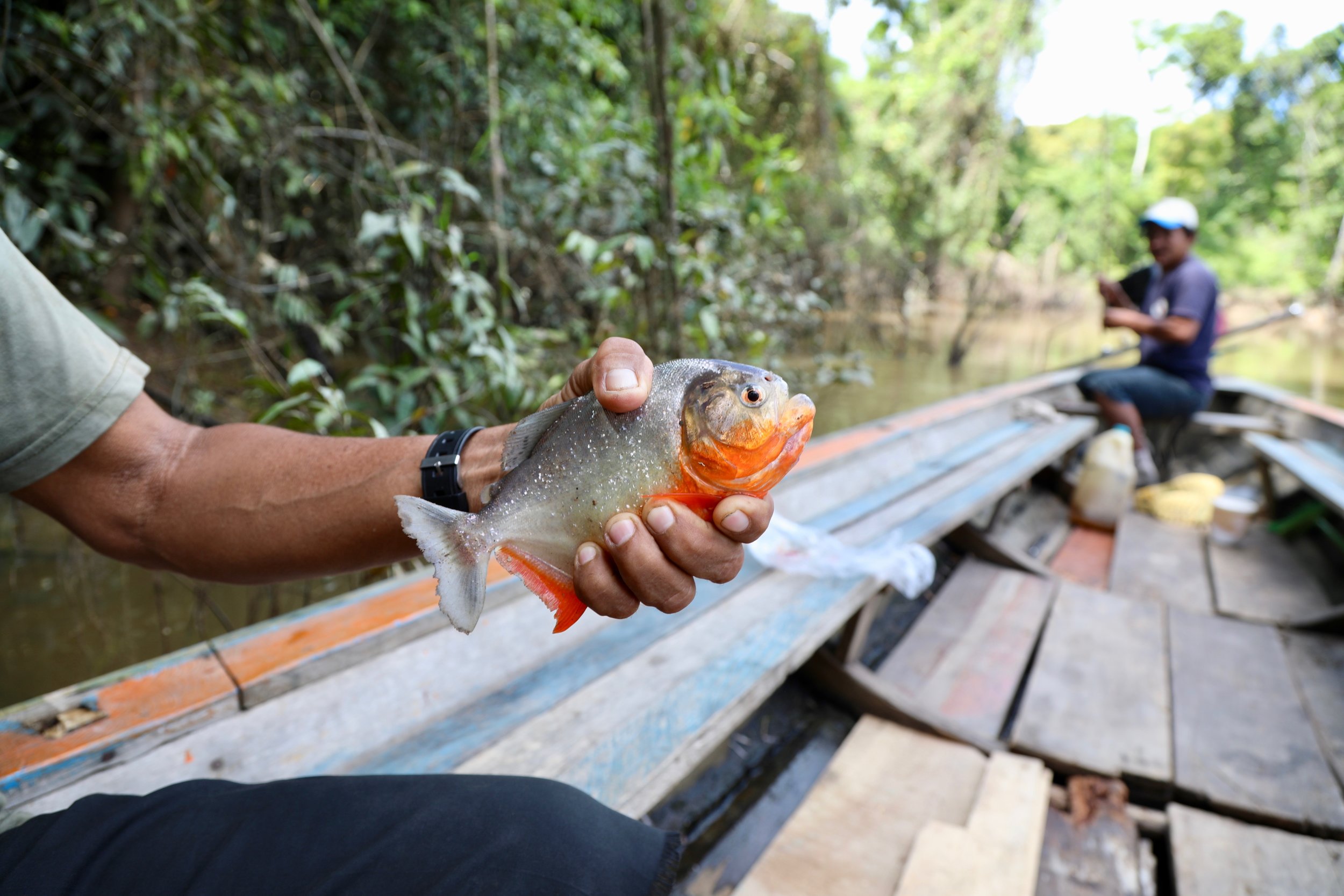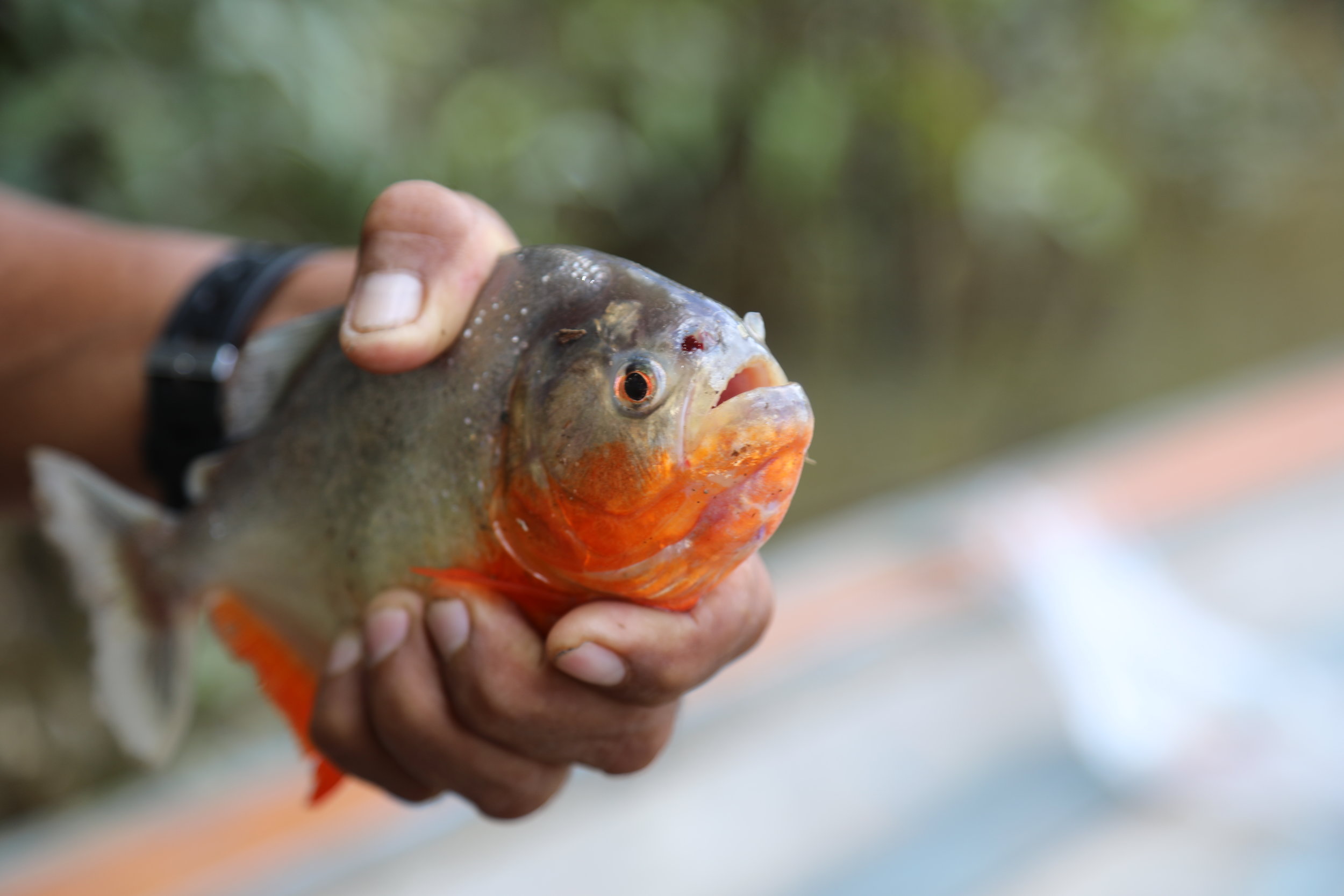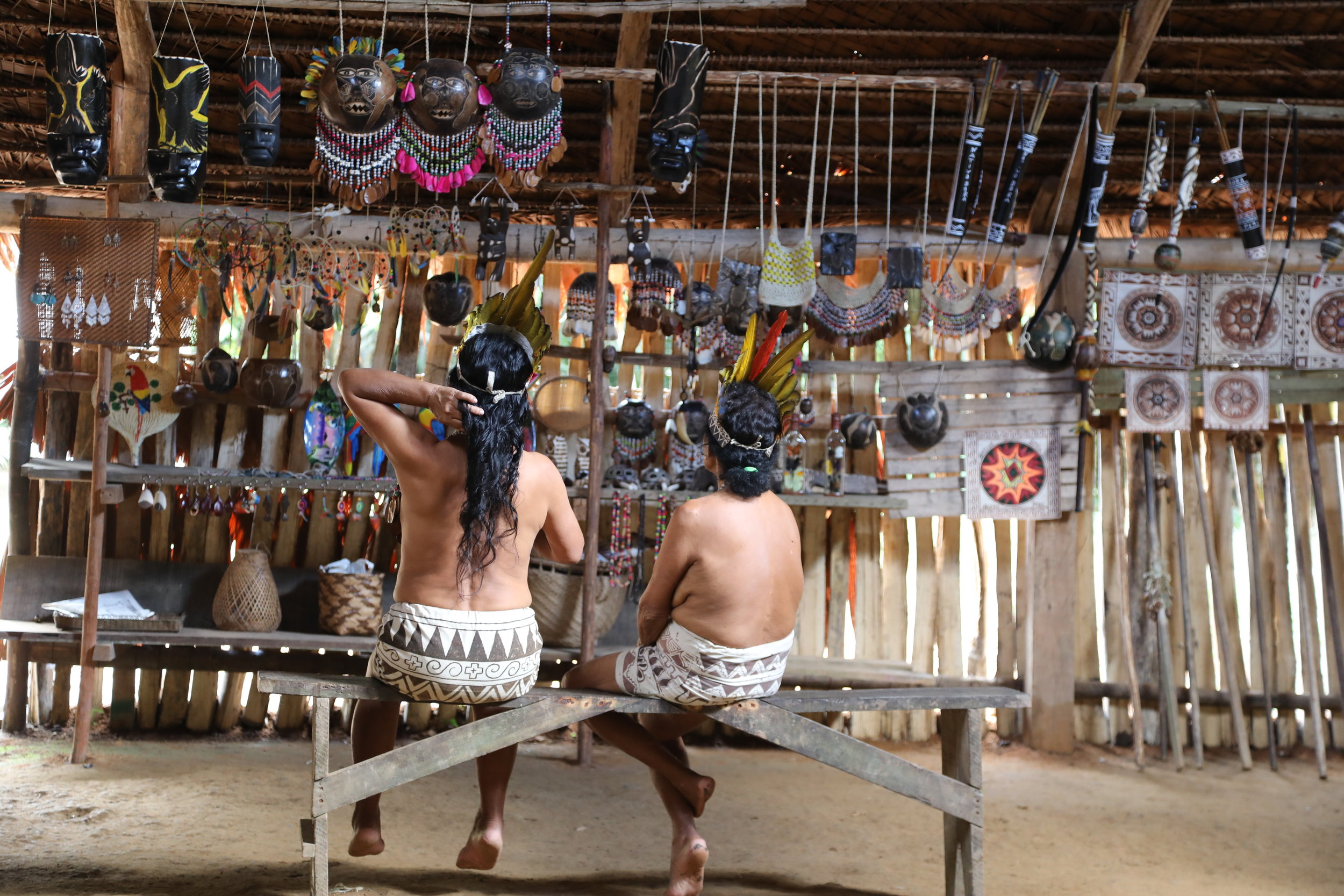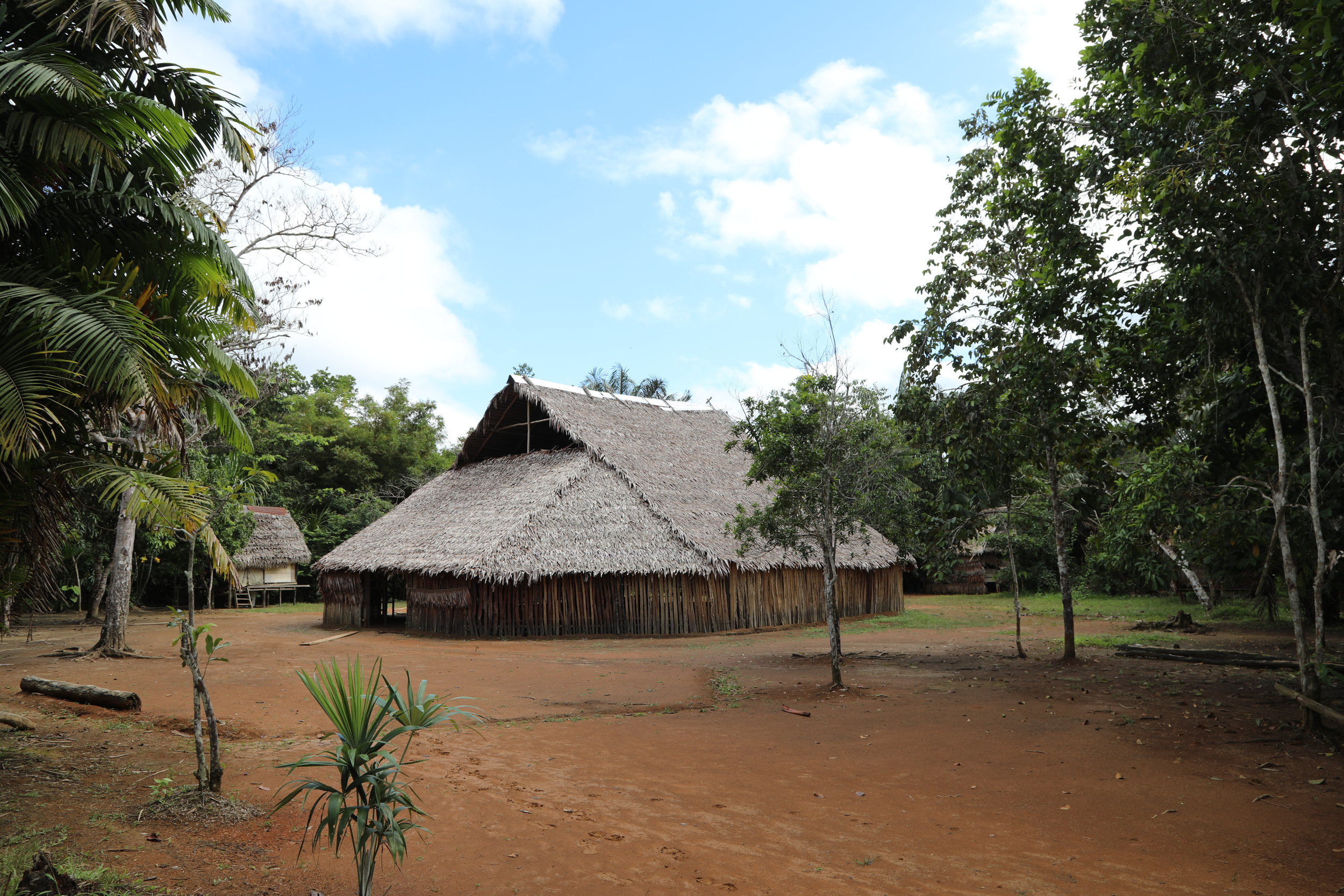Peru is possibly the most geographically and culturally diverse country in South America despite having the same 16th Century Spanish or Portuguese influences that were so pivotal to the development of the rest of the continent.
The Inca Empire was undoubtably the most successful of its kind, benefiting from strong leadership, good political and administrative structure, as well as accumulated wealth. Many modern-day Peruvians are descended from tribes of the pre-colonial era, but almost as many are of European or Asian descent.
When I am on the bike, bigger than anybody else’s in Peru, I would never expect to blend in with the locals. But strolling around Lima I thought there might be a chance of me being thought of as one of the European descendants. Alas not; I was offered all the usual services that single ‘gringo’ tourists are offered, sex and drugs included. The beggars seemed to pick me out with ease too. One even managed to steal my phone.
Combine these cultures with wide biodiversity and food production, add a few overseas influences, culinary trade fairs and cooking competitions, and it is easy to understand why Peru's cities now have a thriving food scene.
Peru’s jewel for tourists is undoubtably Machu Picchu. The Inca citadel was engulfed by jungle until it was re-discovered by American historian Hiram Bingham in 1911. It was probably built over 500 years ago, and, unlike so many other Peruvian buildings, it has withstood numerous earthquakes. The large stones were cut and worn to a smooth finish before being inserted next to an adjacent stone, fitting absolutely perfectly together without any mortar. Many are not square or rectangular but have multiple corners slotting together. This prevents the walls from falling down! The craftsmanship is remarkable.
With no written records historians are still trying to establish exactly why Machu Picchu was built, how it was used, and why it was abandoned. It would appear that the majority of inhabitants, approximately 1000, were women and children, and a few male priests. Some think that the citadel existed to protect the children and help ensure future generations. Many of the bones found on site indicate that Smallpox ravaged the inhabitants. Others think there must have been fighting men there too, but that none of them returned from battle. Even so, there is no evidence that that the Spanish conquistadors found Machu Picchu.
The Spanish conquered the Inca capital Cusco, about 80 kilometres up the Urubamba river from Machu Picchu, destroyed much of it, and rebuilt it in their style. The historic centre is truly reminiscent of that period.
Ollantaytambo, Sacsayhuaman, Pisac and Moray, all near to Cusco, are well worth a visit. If you have not been, put them all on your bucket list.
I rode in to Peru in the extreme south-east, arriving first at Lake Titicaca. The Bolivian border runs through it, high up on an Andean plateau at 3,812 metres. It claims to be the “highest navigable lake in the world”. I wondered why.
There are higher lakes in the world, and there are boats on them. However, Lake Titicaca has a commercial vessel, making journeys with goods and people around the lake, and across between Peru and Bolivia. The 79m. / 260 ft. long SS Ollanta is no longer in scheduled service, but Peru Rail has a similar sized barge which carries trains across.
The Uros tribe, possibly originating from Brazil, arrived on the banks of Lake Titicaca some time ago and were promptly attacked by other tribes who didn’t want to lose their land. Ingeniously the Uros discovered that they could build ‘floating islands’ from the ubiquitous reeds around the shallows of the lake, and sought sanctuary off shore. They flourished on fish and ducks. Yummy.
[ Click on the image above to see more ]
The Uros now make a good living from tourism. The Tortora reed root systems can be cut into manageable blocks and tied together. They float well and are good for about 40 years. The islands today vary in size but about 50m. x 50m. is common. Fresh cut reeds are laid on top to form a comfortable and level surface which drains well. Small huts are built from dried Tortora reeds. They look quite cosy inside. There are over 100 islands on the lake.
Peru is not only about cultural sites; there are Llamas too. Stuffed toys, full size models, brass or wooden ones, and paintings. They are anywhere and everywhere that a tourist might decide that is the time they want to buy a souvenir.
The cute, fluffy, live ones, with their inquisitive faces, are always out chewing grass somewhere.
In Erich von Däniken’s book ‘Chariots of the Gods’ he claims that the Nazca Lines are some sort of instructions from extraterrestrial beings - airfields for their spaceships. I don’t know why more scientists have not castigated him for the suggestion. I am not a scientist, but I think his suggestion is ludicrous, though his skills as an author and book salesman are considerable.
The lines in the Nazca desert in south Peru, were created by indigenous populations between 500BC and 500AD. They were created for cultural and religious purposes. Mostly messages to their gods. They are many straight lines, and the shapes of about 70 animals, trees and flowers. The animals include huge outlines of a monkey, hummingbird and fish. They don’t have to be viewed from space. The hills nearby will do, or the scaffold tower that I climbed. I saw a ‘tree’. (upside-down)
As soon as I arrived in Lima, the capital, I submitted an application to the U.S. Consulate for a full visa. The usual visa waiver application online had been denied to me with no explanation. I presumed, and had it later confirmed, that it was because I rode through Iran in 2017. The visa application process involved filling in a larger form online, an interview of sorts at the Consulate, and answering more detailed questions about my life a week later. All quite straight forward. I have nothing to hide and fully respect that every country has the right to protect its border in any way it sees fit. I sometimes wish my country was more rigorous. I had crossed many borders on my journey up to this point, following the rules politely, and was happy to answer all the questions that had been asked of me.
It was made clear from the start that the process can take up to 60 days. I did not want to believe this as I considered my situation to be quite straight forward. I have been a regular visitor and friend of the US for most of my adult life. Why wouldn’t they just wave me through promptly? I wrote weekly emails to them, seeking sympathy for the fact that I was not a Peru resident and was simply waiting in my hotel bedroom, staring at the ceiling, day after day, just waiting to hear from them. Each time I received a dispassionate reply telling me the process cannot be ‘expedited’. The last email referred to the possibility of the process now taking ‘several months’.
After 7 weeks of this I decided that I had waited long enough. I had lost too much time, and wasted too much money on accommodation and food. I left Lima and rode north.
Towards the end of my wait I treated myself to a long weekend on the Amazon: not the roof of an e-commerce business, but the river. The Amazon River basin starts on the east side of Peru, and towards the north at Iquitos it is already huge. The river, animals and birds, as well as the fauna, were all remarkable. Hot, wet and sweaty: this was truly a jungle. The riverside lodge, and guide, allowed me to go deep into the thick of it with a machete in hand. There were many highlights for me, but the memory of fishing for a Piranha, catching one and eating it for lunch will stay with me forever. Very tasty in fact!
The ride running north from Nazca and parallel to the coast is a bit dull and dusty in to Lima. The ride after Lima north again to the Ecuador border was not a whole lot more interesting either, despite being imaginatively named the "Pan American Highway".






